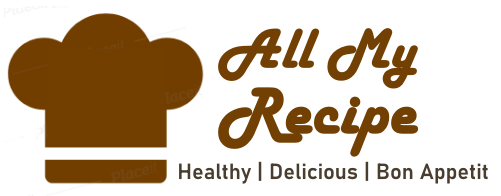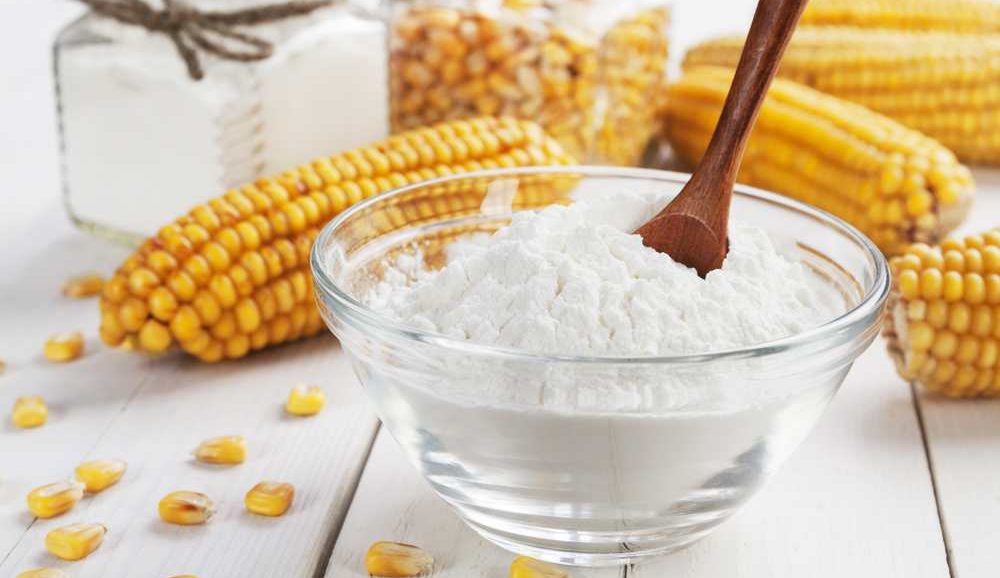Last Updated on August 16, 2021 by Niks
Are you thinking of whipping up a quick and excellent gravy to go with your evening dinner? Alternatively, how about some pancakes and waffles for a nice morning breakfast?
Regardless of what you’re cooking or baking, there’s no disputing that cornflour is a pantry essential found in kitchens all around the world. The flexibility of this item is unmatched since it can be used in everything from baking to grilling to cooking.
Because of its numerous applications, individuals frequently overlook the fact that they are running low on cornflour, only to discover this at the last minute. The good news is that there are a variety of cornflour alternatives that may be used in lieu of cornflour.
Want to discover some simple cornflour replacements that you can make using ingredients you probably already have in your pantry? Take a look at the many alternatives listed below.
What exactly is cornflour?
Firstly, you might be asking what cornflour is exactly before we get any further. Cornflour is just a finely milled flour derived from dried entire corn kernels that are used to make bread and other baked goods. Because it makes use of the entire kernel of corn, it contains a high concentration of nutrients.
There are a variety of nutrients in this fine, white powder, including fiber and protein. Minerals, carbohydrates, and vitamins are also included.
The color of the powder might vary depending on the variety of maize used to make the flour. Yellow, white, and blue are the most common colors. This pantry staple is frequently used in baked goods and other similar products because it imparts a sweet and earthy flavor to meals.
Cornflour’s Flavor Profile and Applications
Cornflour has a flavor that is comparable to that of an ear of corn, which may be due to the way it is processed. As whole dried corn kernels are used to make the finely milled powder, the distinctive sweetness of maize is retained while the earthy taste character of corn is enhanced. When eaten raw and on its own, it leaves a somewhat bitter sensation in the mouth.
Culinary preparation such as baking the flour or grilling it beforehand helps the flour’s inherent sweetness and color to show through.
Cornflour is also used as a thickening ingredient in a variety of recipes, including sauces, soups, stews, and other dishes of the same nature. In addition, because of its flexibility and mild flavor, cornflour may be used as a breading for a variety of meats such as chicken, pig, beef, and even fish.
Great Cornflour Substitutes
Following your education on cornflour and the dramatic impact it can make on a variety of meals and dishes, let’s look at some cornflour alternatives that can help you replicate the texture, mouthfeel, and taste of the original ingredient without sacrificing flavor or texture. Take a look at this.
Cornstarch
It is cornstarch that is one of the most frequently interchanged and misunderstood potential replacements. Even though it looks similar to the cornflour, cornstarch is made just from the starchy portion of the corn kernel and not the entire kernel.
Cornstarch, on the other hand, has a fine, powdery texture that is a near substitute for cornflour on a general level. When opposed to the cornflour, cornstarch is bland and flavorless. Thus seasoning with salt and pepper may be necessary if you are making savory foods.
On its own, this item may be used to thicken up meals and give them a lovely shine practically immediately, without the need for additional ingredients. When it comes to cornstarch, what is a good rule of thumb? It should be combined with hot water in order to avoid clumping together.
Masa Harina
Masa harina is a type of flour that many people who prepare Mexican food are familiar with. masa harina is a type of dough flour that has been dehydrated in order to achieve a fine texture, and it is made from dehydrated dough flour. In order to produce a somewhat thicker and denser yet light outcome when preparing tortillas, tamales, or other meals with a similar texture, this is something you might consider using.
Cornmeal
In its simplest form, cornmeal is just dried and crushed maize. However, its texture may range from fine to coarse, so if you’re searching for a cornflour alternative, be sure to select one with a fine texture.
Despite the fact that it does not contain gluten, this ingredient is frequently utilised in the creation of gluten-free bread that has a spongey, cake-like feel.
DIY
If you don’t have any of these options or substitutes on hand, you may create your own cornflour from cornmeal. This is accomplished by crushing dried entire maize kernels until they are fine and powdery inconsistency. It’s as simple as that.
Conclusion
Avoid forgetting to seek these cornflour replacements the next time you’re stuck in a jam. In addition to having these products on hand, you may acquire these substitutes at your local grocery store or supermarket. Now that you know what ingredients you may use, you can stop stressing about the little details and focus on producing delectable recipes at home that don’t sacrifice either taste or texture for the sake of convenience.



